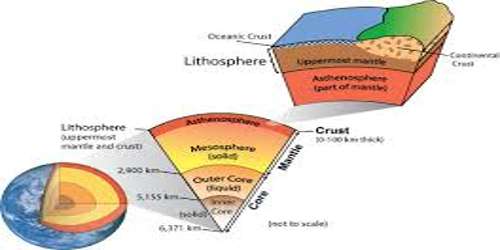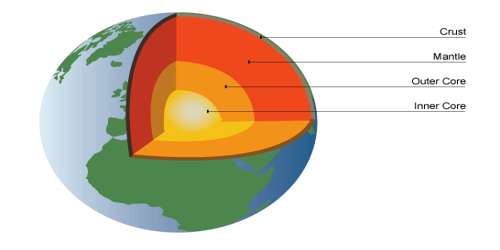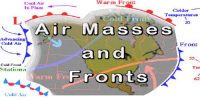Source of information about the Interior of Earth
To understand why the earth shakes or how a tsunami wave is generated, it is essential that we know definite details of the internal of the earth. Earth’s interior is made up of a series of layers that sit below the surface crust. In order of depth, these layers contain the solid, but flowing mantle, the liquid outer core and the solid iron external core, which helps create Earth’s protective magnetic field.
The earth’s radius is 6,370 km. No one can reach the centre of the earth and make observations or collect samples of the material. Under such circumstances, you may wonder how scientists tell us about the earth’s interior and the kind of materials that survive at such depths. Most of our knowledge about the internal of the earth is mostly based on estimates and inferences. Yet, a component of the information is obtained through direct observations and analysis of materials.
Describe the three main layers of the Earth.
- Crust: The thin, outer layer of the earth. Less than 1% of the Earth’s mass.
- Made of solid rock, broken into plates.
- Mantle: Molten rock on which plates float. Contains 67% of the earth’s mass.
- Core: Inner layer of the Earth. Made of both solid and liquid metals.

Direct Sources
The most simply obtainable solid earth substance is surface rock or the rocks we get from mining areas. Gold mines in South Africa are as deep as 3 – 4 km. Going beyond this depth is not probable as it is extremely hot at this depth. Besides mining, scientists have taken up a number of projects to go through deeper depths to discover the circumstances in the crustal portions. Scientists world over are working on two major projects such as “Deep Ocean Drilling Project” and “Integrated Ocean Drilling Project”. The deepest drill at Kola, in Arctic Ocean, has so far reached a depth of 12 km. This and many deep drilling projects have provided large volume of information through the analysis of materials collected at different depth.
Indirect Sources
Analysis of properties of substance indirectly provides information about the interior. We know through the mining activity that temperature and pressure rise with the increasing detachment from the surface towards the internal in deeper depths. Moreover, it is also known that the concentration of the substance also increases with depth. It is probable to discover the rate of change of these characteristics. Knowing the whole thickness of the earth, scientists have estimated the values of temperature, pressure and the concentration of materials at dissimilar depths.
















